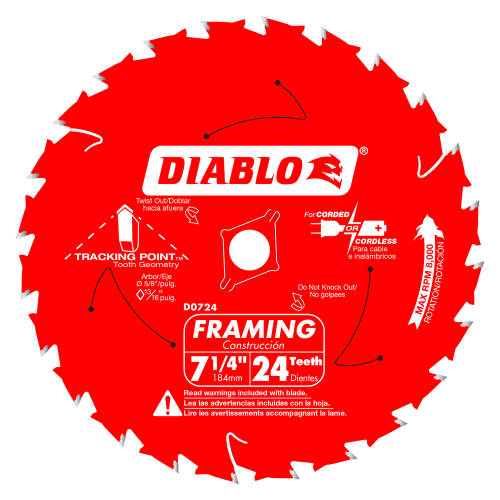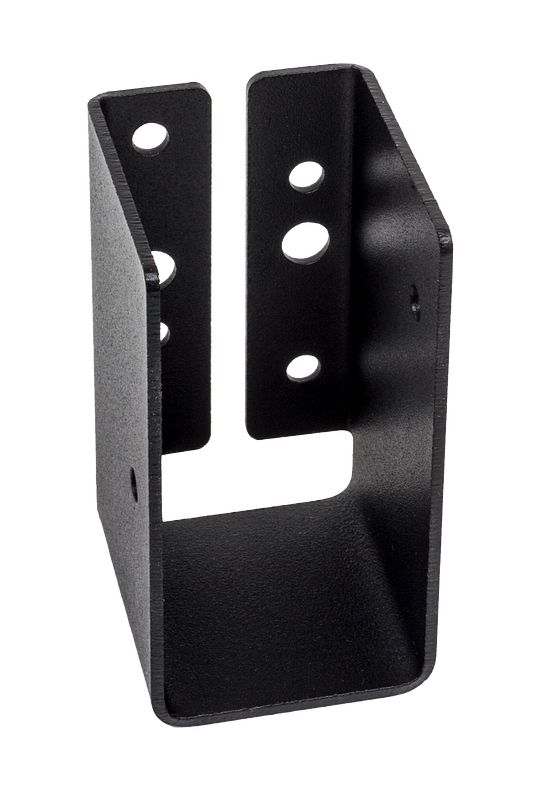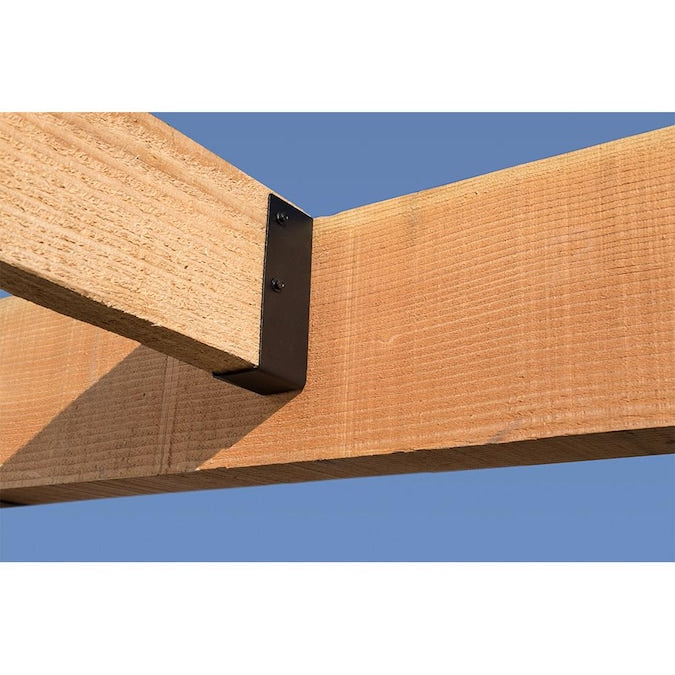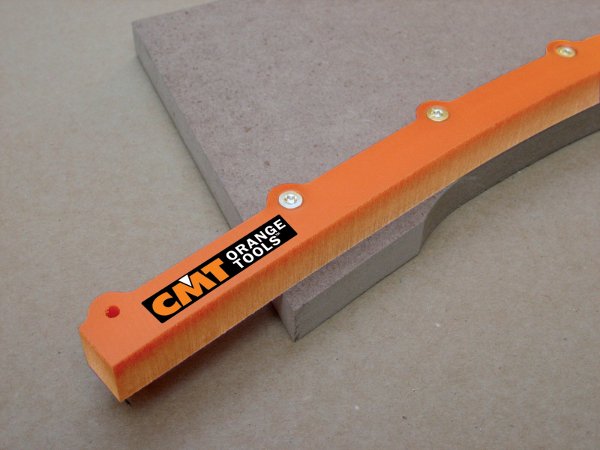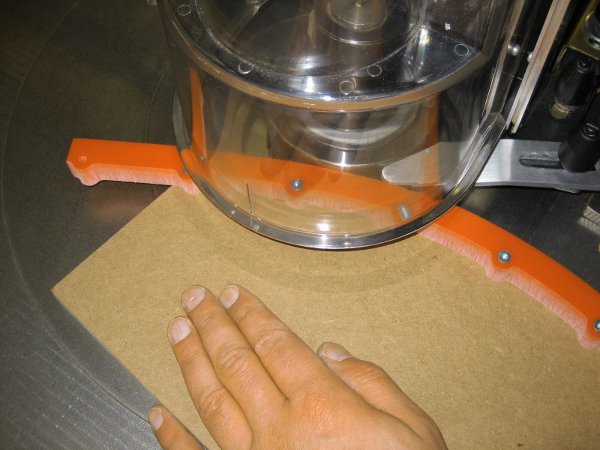When working on construction or DIY projects, choosing the right type of screw can make a significant difference in the final outcome. Among the various types, truss head and pan head screws are two common choices, each with its unique characteristics. Understanding the differences between these two can help ensure you select the right fastener for your specific needs.
What is a Truss Head Screw?
A truss head screw is designed with a low-profile, slightly domed head that extends further than other types of screw heads. This broad, flat shape provides an increased bearing surface, making it ideal for applications where a larger surface area is needed to prevent pull-through.
Truss head screws are often used in applications involving sheet metal, thin materials, or plastic components, as they distribute pressure evenly, reducing the risk of damage.
Truss head screws are also known for their aesthetic appeal. Their low-profile design makes them less obtrusive, which is beneficial in applications where a smooth, finished look is desired. Additionally, they are often used when clearance is an issue, as the low head height allows for a tighter fit in confined spaces.
Understanding Pan Head Screws
Pan head screws, on the other hand, are characterized by a slightly rounded, cylindrical head with a flat bearing surface. This type of screw head is designed to sit above the material, providing a more pronounced appearance. Pan head screws are versatile and commonly used in a wide range of applications, from woodworking to metalworking, due to their ability to hold materials together securely.
One of the key advantages of pan head screws is their deep drive, which allows for a firm grip during installation. This makes them particularly suitable for applications where a strong, tight fit is required. Pan head screws are also favored in applications where the screw head needs to be visible, as their rounded design provides a clean, finished appearance.
Comparing Applications: When to Use Truss Head vs. Pan Head Screws
Choosing between truss head and pan head screws largely depends on the specific requirements of your project. Truss head screws are ideal for situations where you need to distribute load over a larger area, such as when fastening sheet metal or attaching hardware to thin materials. Their low profile also makes them suitable for projects where clearance is limited, and a flush finish is important.
In contrast, pan head screws are the better choice when you need a screw with a deep drive and a strong grip. They are commonly used in woodworking, cabinetry, and metalworking, where the screw head is intended to be visible and provide a secure hold.
The cylindrical shape of pan head screws allows for a consistent, even distribution of pressure, which is essential for maintaining the integrity of the materials being fastened.
Material and Compatibility Considerations
Both truss head and pan head screws are available in various materials, including stainless steel, brass, and zinc-plated steel. The choice of material can significantly impact the screw's performance, particularly in environments where corrosion resistance or strength is a concern. When selecting screws, it’s essential to consider the material's compatibility with the surfaces being fastened.
For instance, when working with Simpson Strong-Tie connectors, screws and nails that are designed for specific environmental conditions or load requirements, choosing the appropriate screw type is crucial. Both truss head and pan head screws can be used with Simpson Strong-Tie connectors, but the choice will depend on the specific application and the desired aesthetic outcome.
Installation Tips and Best Practices
Proper installation is key to achieving the desired results with both truss head and pan head screws. For truss head screws, ensure that the material being fastened is thin enough to allow the broad head to distribute the load effectively. When using pan head screws, it’s important to apply consistent pressure during installation to avoid stripping the drive, especially when working with harder materials.
In applications where screw anchors and bolts are used in conjunction with these screws, it’s important to ensure that the screws are compatible with the anchors and bolts selected. This will ensure a secure fit and prevent issues such as loosening or failure under load.
Making the Right Choice for Your Project
In the debate of truss head vs. pan head screw, the right choice depends on your project's specific needs. Whether you're seeking a low-profile, aesthetically pleasing fastener or a strong, secure grip with a more pronounced head, understanding the differences between these two types of screws will guide you in making the best decision.


